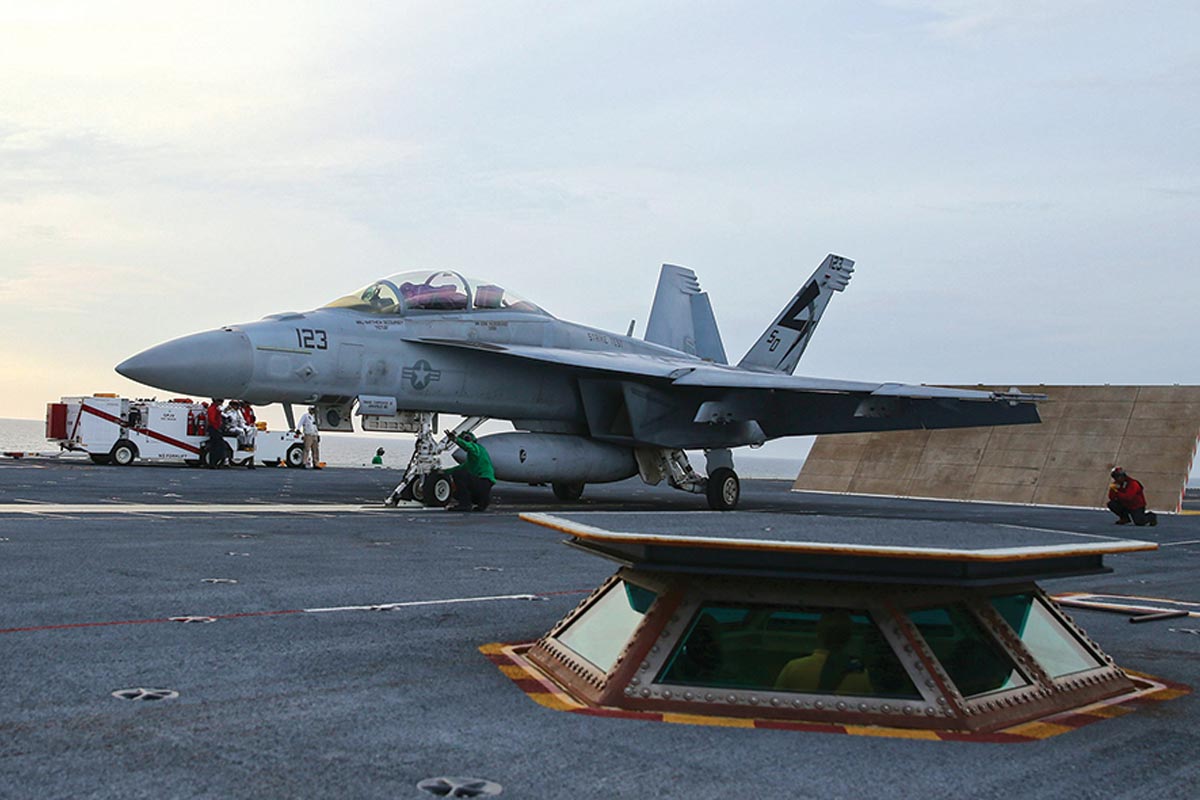

Navy is developing the use of Electromagnetic Aircraft Launch Systems with the construction of the Gerald R. Other forms have been used historically, such as mounting a launching cart holding a seaplane on a long girder-built structure mounted on the deck of a warship or merchant vessel, but most catapults share a similar sliding track concept.ĭifferent means have been used to propel the catapult, such as weight and derrick, gunpowder, flywheel, air pressure, hydraulic, and steam power, and solid fuel rocket boosters. In the form used on aircraft carriers the catapult consists of a track, or slot, built into the flight deck, below which is a large piston or shuttle that is attached through the track to the nose gear of the aircraft, or in some cases a wire rope, called a catapult bridle, is attached to the aircraft and the catapult shuttle. It is now most commonly used on aircraft carriers, as a form of assisted take off. The F-35C is undergoing test and evaluation at NAS Patuxent River prior to eventual delivery to the fleet.F-14 Tomcat preparing to connect to a catapult on USS SaratogaĪn aircraft catapult is a device used to allow aircraft to take off from a very limited amount of space, such as the deck of a vessel, but can also be installed on land-based runways in rare cases. It has larger wing surfaces and reinforced landing gear for slower catapult launch and landing approach speeds and deck impacts associated with the demanding carrier take-off and landing environment. The F-35C carrier variant of the Joint Strike Fighter is distinct from the F-35A and F-35B variants. “Our dedicated personnel, along with our shipboard representative steam catapult, enable the Navy to have accurate and timely test data necessary to evaluate the compatibility of this critical weapons system with ALRE systems.” "We are pleased to have NAVAIR Lakehurst support the first F-35C steam catapult launch,” said Kathleen Donnelly, senior executive for Support Equipment and Aircraft, Launch and Recovery Equipment(ALRE). The ability to degrade the catapult is unique to the test facilities at Lakehurst. In addition to the catapult launches at varying power levels, the integrated test team will execute a test plan over three weeks to include dual-aircraft jet blast deflector testing and catapult launches using a degraded catapult configuration to measure the effects of steam ingestion on the aircraft. “We look forward to another productive visit and staying on track for initial ship trials.” “Our first trip here to Lakehurst went very smoothly because of the true collaboration and hard work from the integrated team,” said Tom Briggs, government air vehicle engineering manager. Tabert is the most junior test pilot to fly any variant of the F-35, which reflects a deliberate shaping of the test force which balances experienced military and contractor test pilots with newly qualified test pilots with recent fleet experience.

“Due to the hard work of the entire test team, the event went very well and I look forward to seeing the airplane operate from the carrier.”ĬF-3 is the designated carrier suitability testing aircraft, assigned to the F-35 integrated test facility at Naval Air Station Patuxent River. “It was great to be able to be a part of this milestone in the F-35C test program,” said Navy test pilot Lt.
#CATAPULT LAUNCHES MOD#
– The F-35C completed its first steam catapult launch July 27 marking another milestone toward initial ship trials in 2013.Ĭhief Aviation Boatswain’s Mate (Launch and Recovery Equipment) Brandon Barr used a TC-13 Mod 2 test steam catapult, representative of current fleet technology, launching F-35C test aircraft CF-3 into the sky. NAVAL AIR SYSTEMS COMMAND, LAKEHURST, N.J.


 0 kommentar(er)
0 kommentar(er)
